Three months ago I pruned and repotted a coast redwood.
Coast redwood
After cutback
After root work
Repotting complete
The tree responded well and produced new foliage.
New growth three months later
Foliage detail
This is the response I’m used to from redwoods. I repotted a second tree that same day, however, and it’s recovery has been much slower (see “Coast redwood initial repot” for the repotting details).
After repotting in February
Three months later
As you can see, there is almost no difference between the two photos. The tree hadn’t budged at all until a few weeks ago when new buds started swelling. The new buds showed up in three main places – at the tips of pruned branches, at the base of pruned branches, and near the base of the trunk.
Buds at the tip of a branch
Shoots growing at the base of a branch
Shoots growing at the base of the trunk
Both of these trees grew in the same location for the past two years and received similar water and sunlight. Why the difference in response?
One guess is that the larger tree simply had more reserves from which to draw upon, but as both trees have relatively large trunks, I’d expect both to produce lots of new growth.
Another guess has to do with the health of the foliage that remained after pruning in February. Both trees showed signs of “burnt” looking foliage – yellowing and browning on the leaves – when I acquired the trees last year. And both trees produced lots of healthy new foliage in the latter half of last year. After pruning, however, I was able to preserve mostly healthy foliage on the large tree and very little healthy foliage on the smaller tree. It could be that leaving the smaller tree with no healthy foliage after cutting a significant number of roots really put the brakes on.
Or not. With a sample size of two trees it’s hard to make good conclusions. The next time I repot coast redwoods I’ll take note of how much good foliage and roots I have to work with and see if any patterns start to emerge based on how they respond to the work.
Related Post
Subscribe to Bonsai Tonight
New Posts Delivered Every Tuesday and Friday
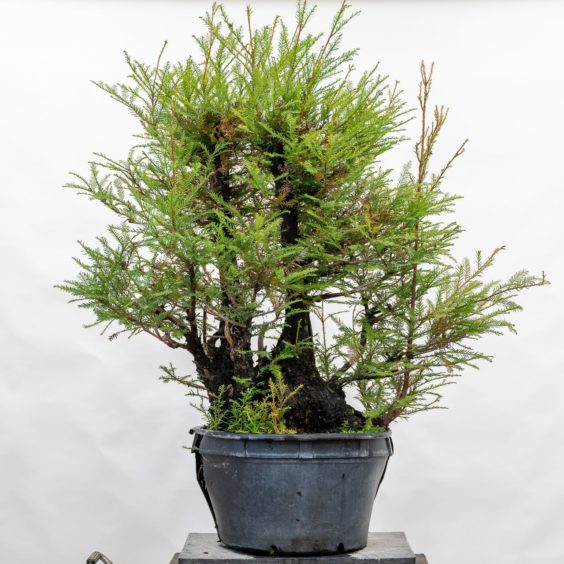
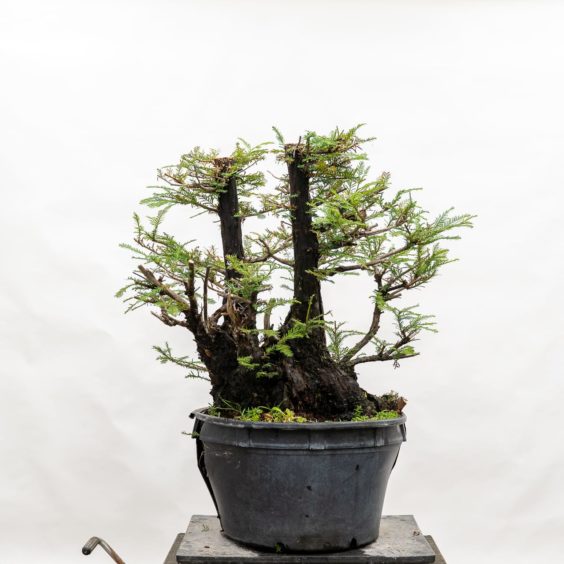
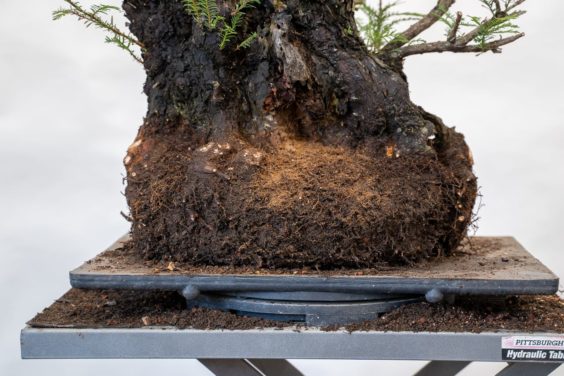
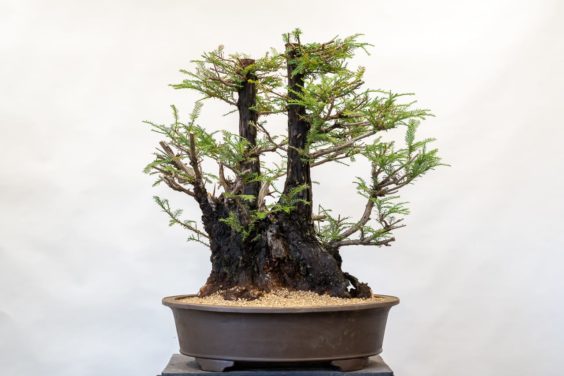
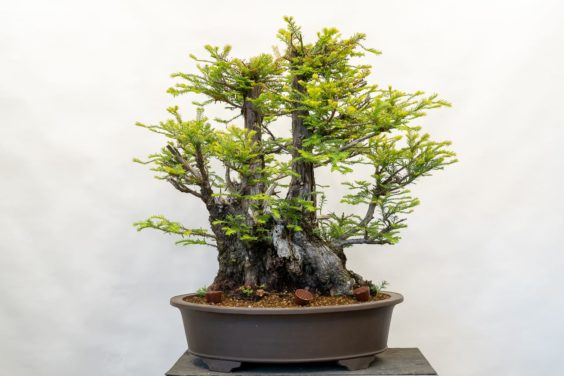
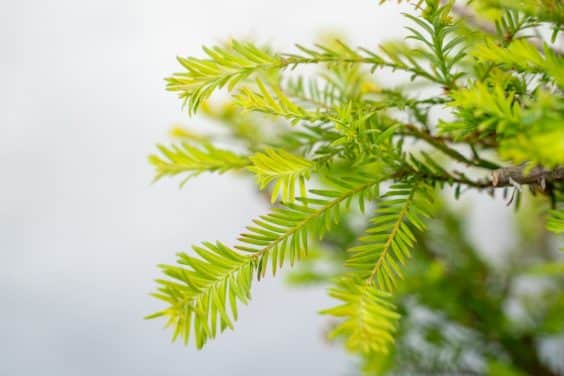
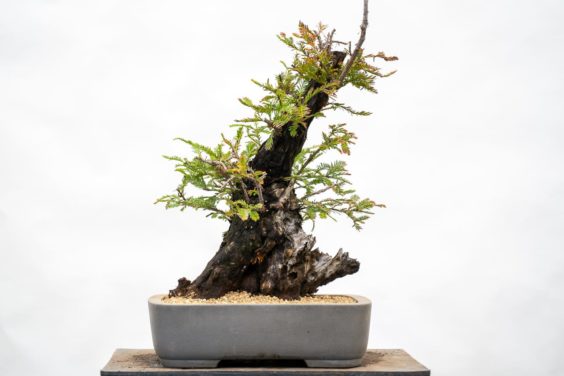
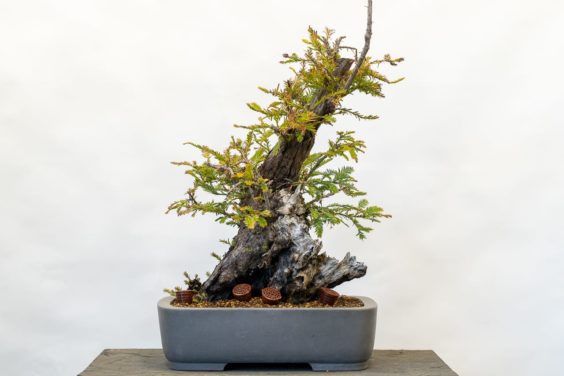
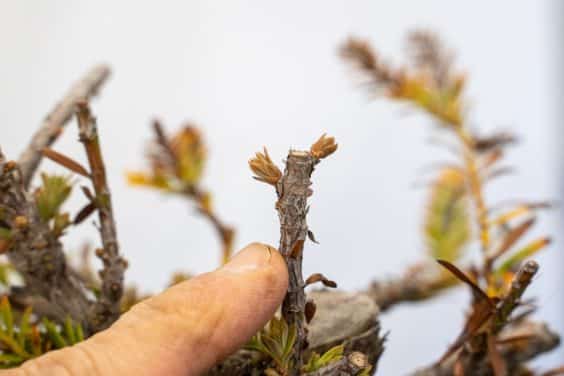
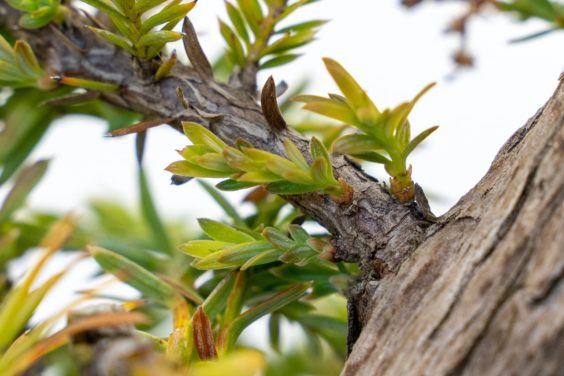
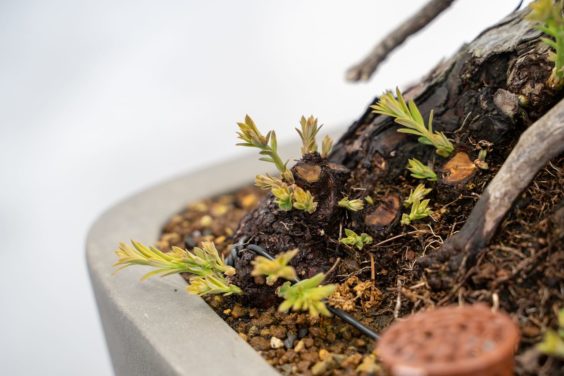
Amin Younes says
In my experience collecting about six redwoods, they have also recovered at wildly different speeds. I haven’t noticed any predictors (root mass, foliage, trunk size, etc) except possibly the age of the tree. Trees I believe to be younger seem to bounce back vastly more quickly.
Jonas Dupuich says
Thanks Amin, that makes sense – it could be that the larger tree grew quickly but is the younger of the two (the trunks were about 20 years old where I cut them). Will see if I can find any age-related patterns as well.
Mark Powell says
Hey Jonas. I’m talking black pine, right now it’s got about 17 the candling spots. Three of that 17 is really going off one has pine cones. Wait for the the candling or take care of 3 right now.
Jonas Dupuich says
Hi Mark – sounds like a good question for the forum. If you post a photo of the tree along with the question we can get back to you there: https://ask.bonsaitonight.com
Lars Grimm says
Great post as usual Jonas. Will you be constantly rubbing off the buds at the base of the trunk and branches? This is a perpetual task on my bald cypress.
Jonas Dupuich says
Thanks Lars! Yes, I expect to be rubbing away unwanted buds for some time on this tree. My big question is whether the buds will keep appearing at the same rate once the branches mature a bit. Will provide an update when the time comes!
Jerry Poorman says
Jonas,
I have a souvenir Redwood burl the defied convention, rooted and is living after 4-5 years in bark. Burl is about 6 inches tall(deep. Any thoughts as to what times of year, and what medium I should repot . I live in SE Washington where it’s expected to reach 95°f today May 10.
Thanks
Jerry
Jonas Dupuich says
Hi Jerry! If there are bonsai growers near you, I’d use what they use for redwood. In absence of that, I’d try a mix of 30-50% akadama with the remainder pumice and/or lava rock (scoria). January or February is a good time to repot – after the last freeze, if possible, and before spring shoots begin to emerge. Here are some repotting basics: https://bonsaitonight.com/2016/08/02/repotting-a-trident-maple-bonsai/
Jonathan says
Hi Mr. Jonas, would you leave all the suckers and young buds on the weaker tree to help promote healing from the repot? Then prune the suckers and non-value buds/shoots once the tree has shown signs of recovery from the repot?